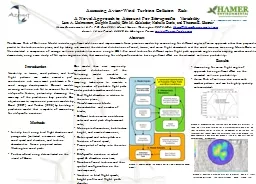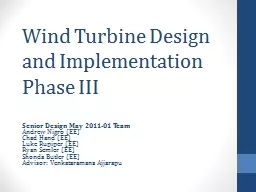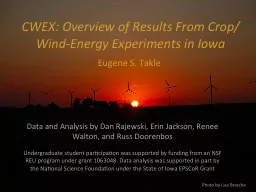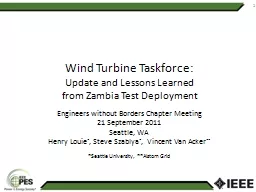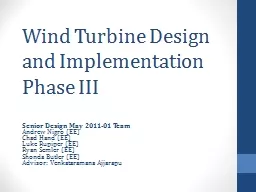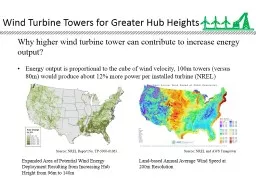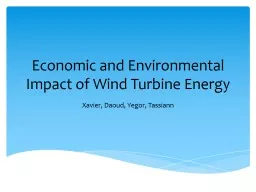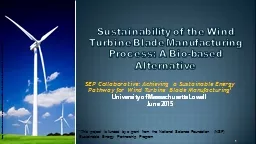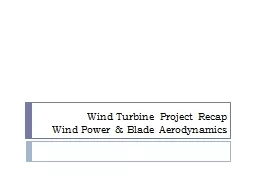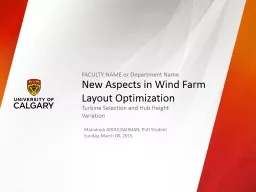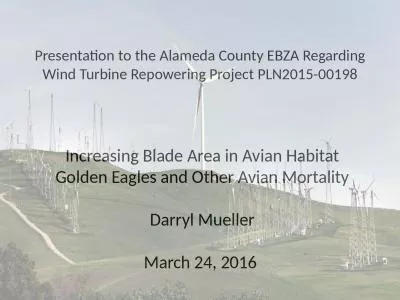PPT-Assessing Avian-Wind Turbine Collision Risk:
Author : debby-jeon | Published Date : 2016-12-19
A Novel Approach to Account For Sitespecific Variability Lars A Holmstrom Delphin Ruché Erin M Colclazier Nathalie Denis and Thomas E Hamer Hamer Environmental
Presentation Embed Code
Download Presentation
Download Presentation The PPT/PDF document "Assessing Avian-Wind Turbine Collision R..." is the property of its rightful owner. Permission is granted to download and print the materials on this website for personal, non-commercial use only, and to display it on your personal computer provided you do not modify the materials and that you retain all copyright notices contained in the materials. By downloading content from our website, you accept the terms of this agreement.
Assessing Avian-Wind Turbine Collision Risk:: Transcript
Download Rules Of Document
"Assessing Avian-Wind Turbine Collision Risk:"The content belongs to its owner. You may download and print it for personal use, without modification, and keep all copyright notices. By downloading, you agree to these terms.
Related Documents

